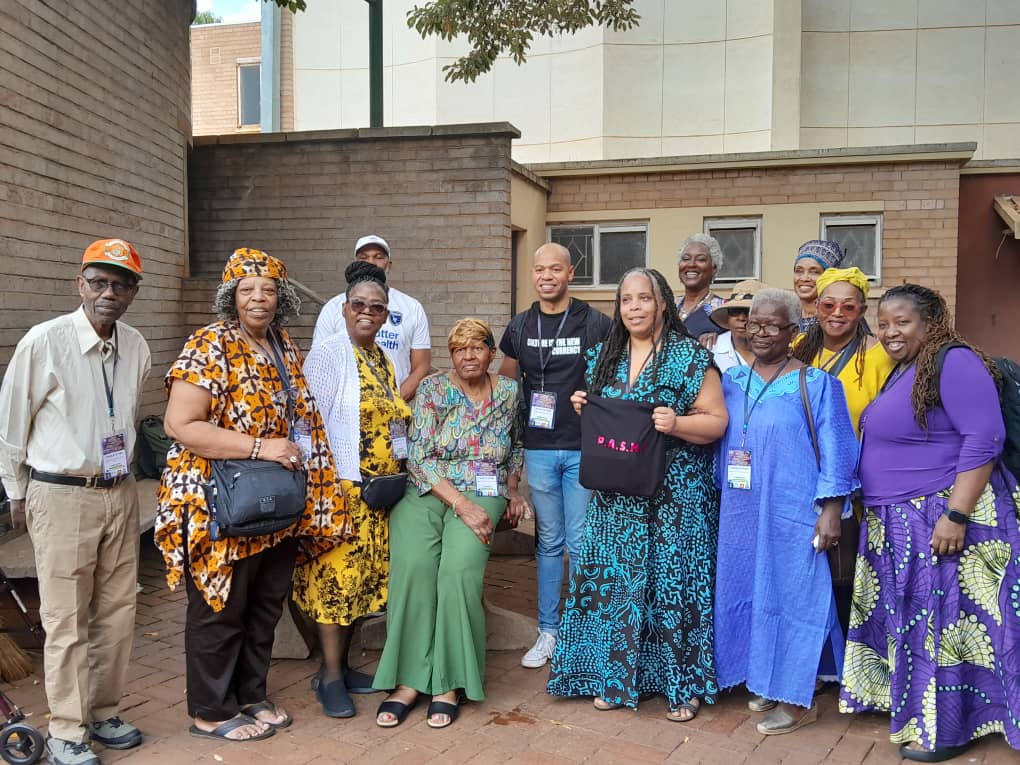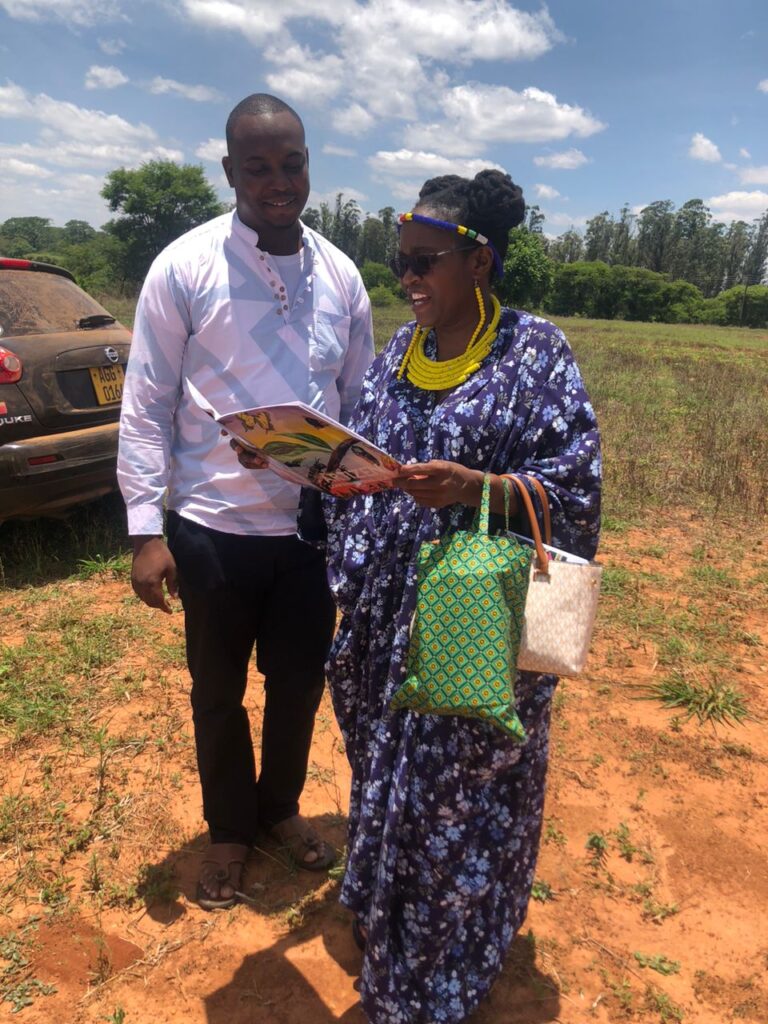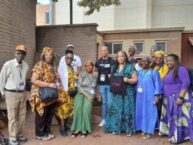Khumbulani Muleya

The 7th Artizen International Conference on Art for Social Transformation, held in Harare from November 3 to 7, focused on unearthing Zimbabwe’s symbolic landscape, cultural narrative, and opportunities to integrate art culture into the local environment.
Running under the theme “Connecting Artist and Art Culture to Sustainable Development,” the gathering hosted at the Zimbabwe College of Music premises, attracted cultural and creative practitioners and stakeholders from all categories of the arts sector.
The conference was attended by leaders in sustainable development from around the world, including teaching and performing artists, community leaders, and students. Attendees explored innovative ideas and practical strategies with a focus on growth, financial support, and increasing impact and citizen participation in community development affairs.
The annual event, jointly organized by the Teaching Artists Institute (TAI) from Baltimore, USA, and the National Arts Council of Zimbabwe (NACZ), aimed to unearth Zimbabwe’s symbolic landscape, cultural narrative, and opportunities to integrate art culture into the local environment.
Josiah Kusena, the recently appointed director of NACZ, emphasized the significance of hosting the conference. He noted that it was a crucial step in capacity building for the sector and complemented NACZ’s strategic efforts to promote and develop the local arts sector. He stated, “This conference is a true reflection of the importance of establishing global alliances and partnerships that exist in the cultural and creative sphere”.
“Our mandate as a council is to build a vibrant and viable creative economy through education, exchange programs, training, capacity building, creating synergies, and strategic partnerships with local regional and international organizations and corporates in order to access and unlock support and opportunities available in the global creative sector,” he said.
Artizen’s mission extends to numerous countries, including Burundi, France, The Gambia, Ghana, Germany, Jamaica, Kenya, Mauritania, Nigeria, Senegal, Tanzania, Uganda, South Africa, and the USA. One of its primary goals is to provide a platform for idea exchange among artists, community developers, policymakers, and potential investors in sustainable development.
The first edition made its debut in 2017, with the inaugural conference being hosted in Ghana, followed by Gambia (2018), Uganda (2019), Tanzania (2020), South Africa (2021), and Kenya (2022).
The four-day program featured diverse activities, including presentations, performances, tours, and breakout sessions. Themes such as African Spirituality as Art, Sustainable Creativity, Women and the Arts, The Arts and Resistance, and Creating Cooperative Economic Models in agriculture were explored during the event.
Notable keynote speakers included Soul-Fusion performing artist Kim Poole, who is a founding fellow of TAI and the chief visionary of the Artizen conference philosophy. Other distinguished guests were poet, photographer, and blogger Sylvia Blakely, American composer and film producer Obadiah Baker, local author Tsitsi Nomsa Ngwenya, multi-talented visual and performing artist Alfreda Abbott-Ayodele, theatre director, performer, and cultural consultant AdeOlomo, and Kevin Douglass Greene, the great-great-grandson of American social reformer and statesman Frederick Douglass, among others.
The conference also offered a platform for workshops, including one facilitated by Tsitsi Nomsa Ngwenya on indigenous languages and storytelling held at Nyakupfuya Farm off Mutoko Road. The author of Portrait of Emlanjeni and The Fifty Rand Note emphasized the importance of preserving and promoting indigenous languages through art, recognizing the value of these languages in expressing the essence of humanity.

“There is something so mellow about these diverse expressions; there is a responsive chord and warmth which resonates with the core of our being and essence of our humanity expressed through such a colorful and diverse mosaic of our indigenous languages,” expressed Ngwenya. The author also emphasized the importance of preserving and promoting indigenous languages through art, recognizing their value in expressing the essence of humanity and linking them to fundamental rights associated with culture and human dignity.





